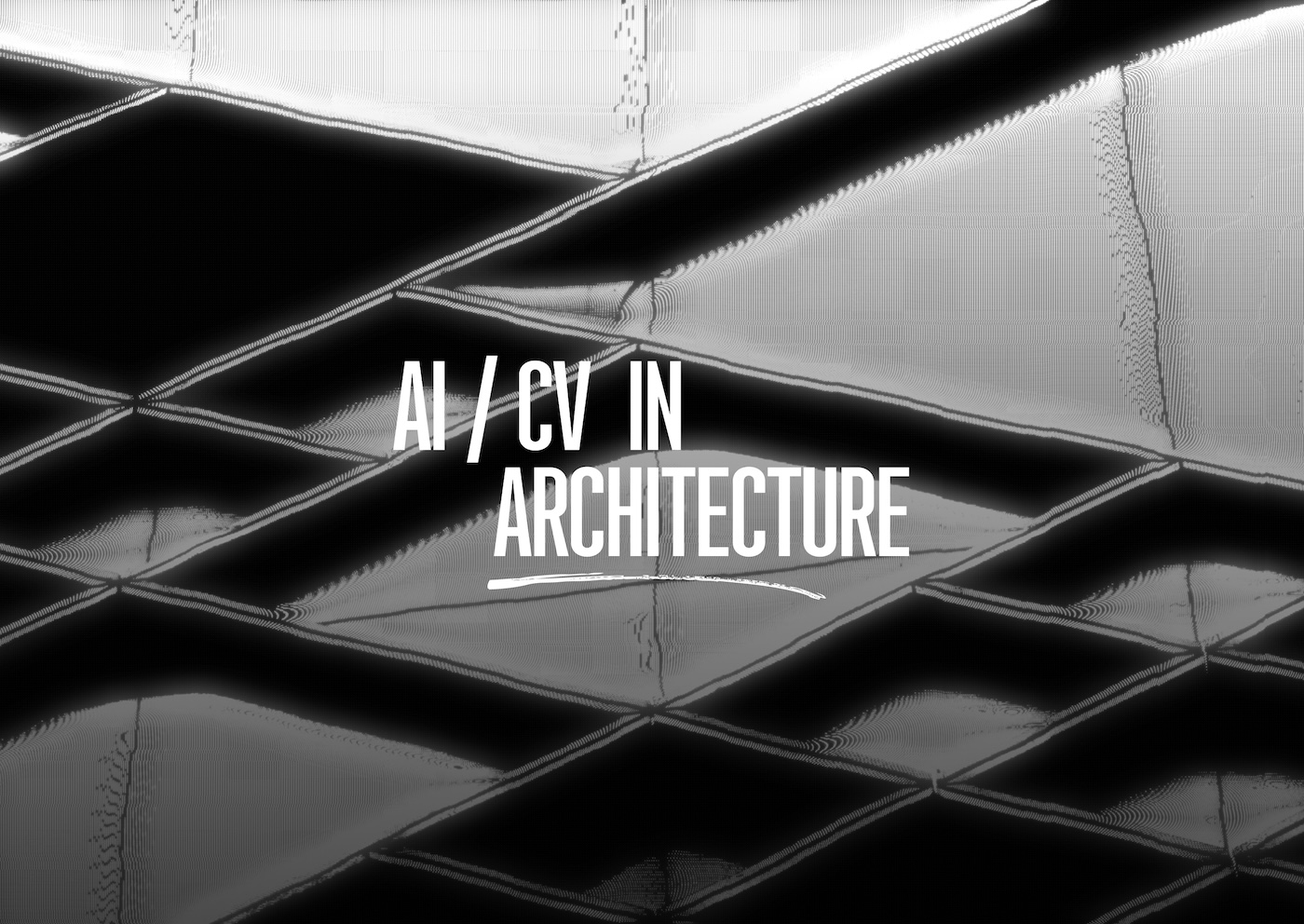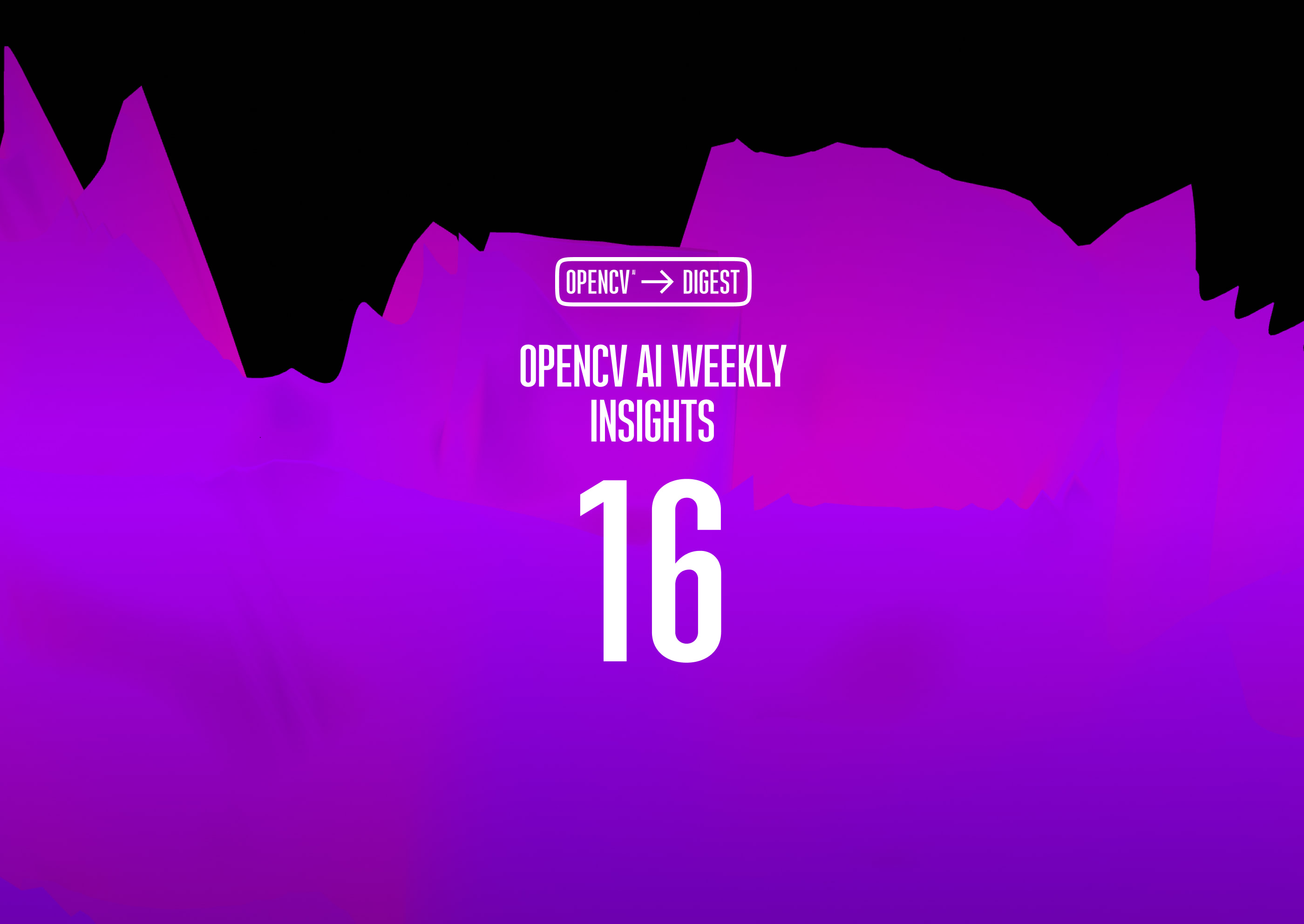

Dive into the core of AI innovation with our OpenCV AI Weekly Insights Digest. We bring you up to speed on everything new and noteworthy.

OpenAI has unveiled Sora, a groundbreaking text-to-video AI model that outstands other models for video digital content creation. This innovative tool is designed to generate realistic and cohesive video clips up to a minute long, using nothing but textual prompts and images. By integrating aspects of both GPT and DALL-E, Sora outperforms in understanding the nuances of physical dynamics and ensuring consistency across generated sequences, making the videos appear real.
The capabilities of Sora extend to generating videos from both text and still images, and even embedding new scenes into existing footage, demonstrating unparalleled flexibility and creativity in video generation. Currently available to a select group of red-teamers and creators for early testing, Sora is ready to revolutionize the way we produce and interact with video content. The potential applications of such technology are vast, ranging from entertainment and education to marketing.
Read More: OpenAI

Elon Musk's company, Neuralink, has made a big step forward by putting a special chip into a person's brain for the first time. This chip lets the person control a computer mouse just by thinking about it. Musk shared that the person who got the chip is doing well and hasn't had any problems. They're working on getting better at using the chip to click the mouse. Neuralink got the green light to start testing this chip on people last year, hoping it could help people use computers or phones without moving.
Musk has big plans for Neuralink. He thinks the chip could one day help with many health problems like obesity and depression. But, some people are worried about how safe this technology is. Despite these concerns, Neuralink is moving ahead, hoping to change the way we interact with technology and treat health issues.
Read More: Reuters

Stable Diffusion, known for pushing the boundaries of AI-driven art, has just unveiled its latest innovation: Stable Diffusion 3. This new version promises a significant leap forward, offering enhanced capabilities for handling complex image prompts, improving image quality, and even mastering spelling in generated artworks. While it's still in the early preview stage and not widely accessible, the developers have opened a waitlist for those eager to test its limits and contribute to refining the model for public release.
Stable Diffusion 3 showcases a broad spectrum of models, from 800 million to 8 billion parameters, aiming to democratize creative expression by providing scalable options tailored to users' needs.
Read More: Stability AI

Figure AI, a pioneer in humanoid robotics, has received $675 million in a funding round, drawing support from tech giants like Jeff Bezos, Nvidia, Microsoft, and OpenAI. Jeff Bezos invested $100 million, followed by Microsoft's $95 million, Nvidia's $50 million, Intel's $25 million, and Samsung's $5 million, among others.
This vast capital, spearheaded by industry leaders OpenAI and Microsoft, reflects the sector's keen interest in Figure AI. The company's mission to develop robots capable of tackling labor shortages in repetitive or hazardous jobs has already made significant strides, highlighted by a recent partnership with BMW to innovate in car manufacturing. With the latest funding, Figure AI's valuation has skyrocketed to an impressive $2 billion pre-money, setting the stage for accelerated growth and innovation.
Read More: Bloomberg
Catch you in our upcoming digest! The following introduction to artificial intelligence is just a scroll away.
